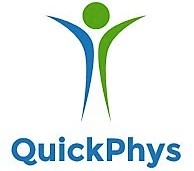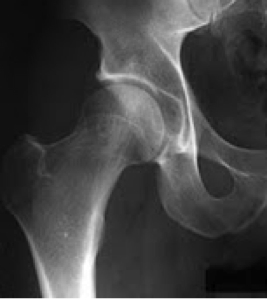The hip joint allows for an excellent range of movement because of its ball and socket structure. The ball is situated at the top of the thigh bone and allows for movement as it rotates in the socket which is within the pelvic bones.
Whilst this movement provides us with the mobility to walk and run, it is often a joint that lacks appropriate stability and strength.
When the joint is placed under pressure, such as the moment when we carry all our weight on one leg, the joint can rotate inwards. This places further stress on the lower back and the knee. Quite often a knee or foot problem can be related to a weakened hip joint.
The hip actually has the most powerful muscles in the body to help it generate force but a life time of sitting down can stretch these Gluteal muscles making them weak and inactive.
It is common to observe a person’s pelvic bones drop from one side to the other or for their pelvis to rotate with every step.
This instability can generate a mechanical stress that in turn irritates the surrounding tissues and initiates a pain signal.
Exercises to strengthen the identified weakened muscles are essential for the attainment of best health.
The exercises shown cover the major muscle groups working to control the hip; more specific exercises can be prescribed if the key weakened muscles are identified during consultation.

